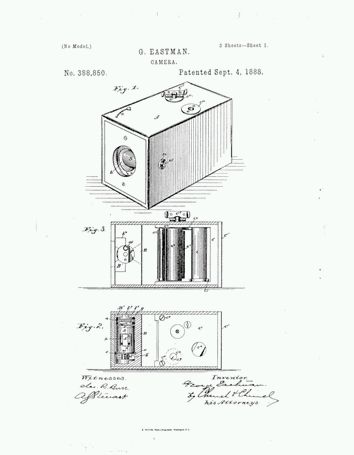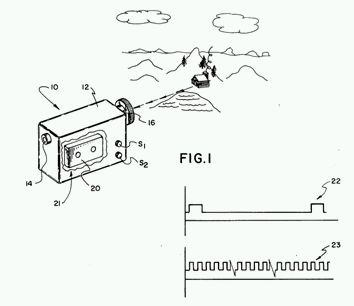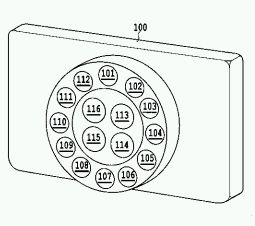Taking a photo seems all too easy these days, thanks to the array of small, compact and easy to use devices that we have at our disposal, such as mobile phones, digital cameras, action cameras and even drones. However, photography as we know it hasn't always been this convenient, as we see in our brief outline of the history of film.
The camera obscura (often referred to as a pin hole image) allows an image to project through a small pin sized hole onto a screen, and has been documented as early as 400 BC in China, but it had not been possible to capture such images on a permanent medium until Joseph Niépce and Louis Daguerre developed the first photographic plates in the 1820s. The daguerreotype photographic plates consisted of a sheet of silver-plated copper that was polished to a mirror surface. The plate would then be treated with iodine vapour to make it light sensitive and, after exposure in the camera, would be exposed to mercury vapour and fixed with sodium chloride to produce a single, positive image.
The French government recognized the intellectual property value in this new invention, and bought the rights to the daguerreotype photographic process from Daguerre in exchange for a lifelong pension. The invention was then presented "as a gift from France, free to the world", and complete instructions were published. Further improvements of the daguerreotype cameras were patented as early as the 1840s, but could not solve the fundamental problem that photographs were expensive, unique products that could not be easily replicated and were only accessible to the rich.
Photographs only became available as a mass product when George Eastman (US 388850A) who founded Kodak in 1888, made use of the newly-developed photographic techniques using negatives, from which multiple positive images could be developed, thus creating the "Kodak Black" camera which was handheld and was sold with the film already inside. Photographers then had to mail the entire camera to the Kodak headquarters in Rochester, New York, where the pictures were developed and sent back.

In the 1920s and 1930s, Kamera-Werkstätten Guthe & Thorsch, a leading manufacturer of compact cameras in Dresden, Germany, mass produced both single lens reflex cameras, wherein the viewfinder and the image capture use the same optical path, as well as rangefinder cameras, wherein a separate lens and a separate optical path is provided, and also patented various improvements that allowed film from a roll to be conveyed inside the camera and retracted back into the roll for removal and development.
The next big step forward in camera development was achieved when Kodak engineer Steve Sasson developed the first prototype of a digital camera in 1975 which was patented in 1978 (US 4131919A). However, the company failed to grasp the significance of this new technology and was reluctant to introduce it to the market, since Kodak had at that time a virtual monopoly in the US photography market, being the leading supplier of cameras, films, and developing prints using Kodak chemistry on Kodak paper. Kodak only marketed its first digital cameras 18 years later and never quite managed to transfer its success of the paper film era to the digital photographic technologies.

Nowadays, the most innovative developer of camera technologies is probably Canon Inc., which is ranked third for the number of U.S. patents awarded in 2017, becoming the only company in the world to have ranked in the top five in US patent rankings for 32 years running. Canon's latest camera-related developments include a five-layer sensor for better skin tones (JP 2014103644A) or a multi-lens assembly on a ring which allows to provide a large number of different lens options in the body of a compact camera (JP 2014110442A).

The content of this article is intended to provide a general guide to the subject matter. Specialist advice should be sought about your specific circumstances.

